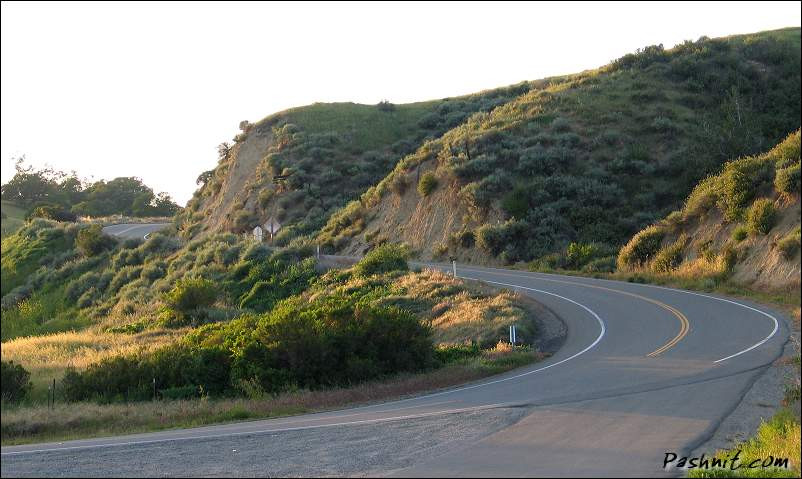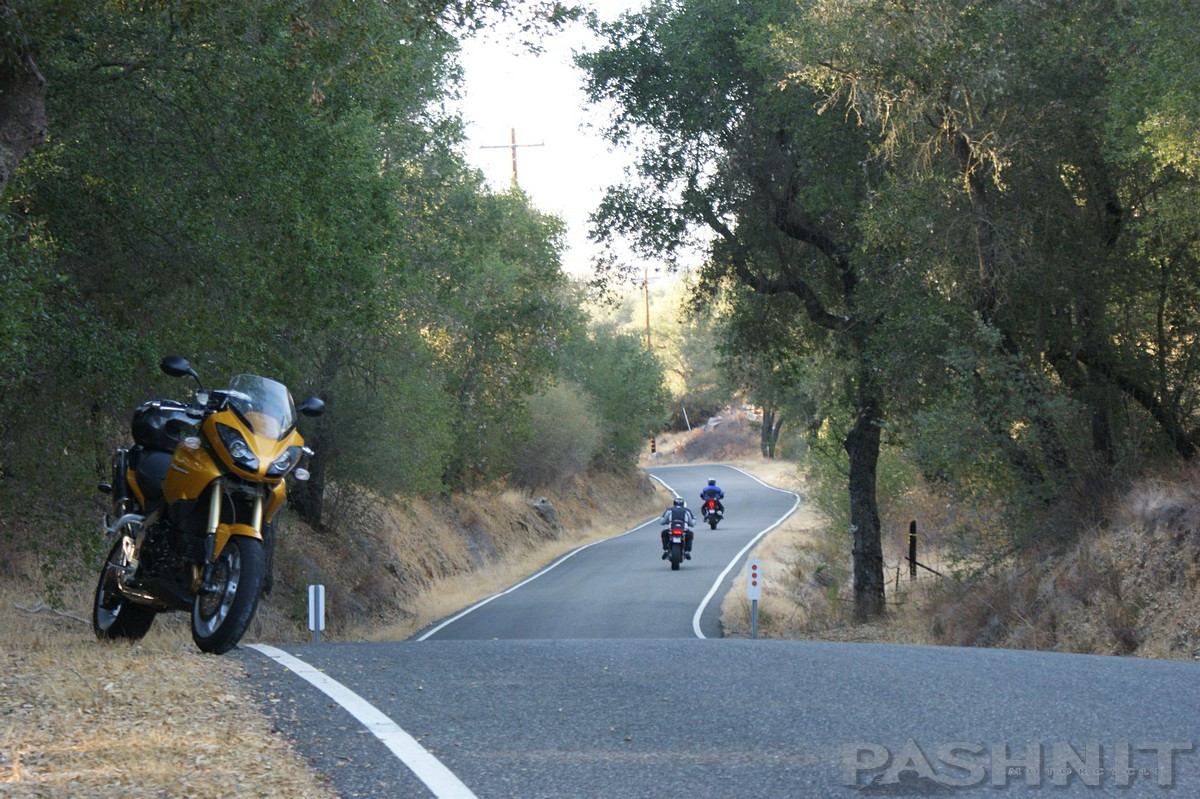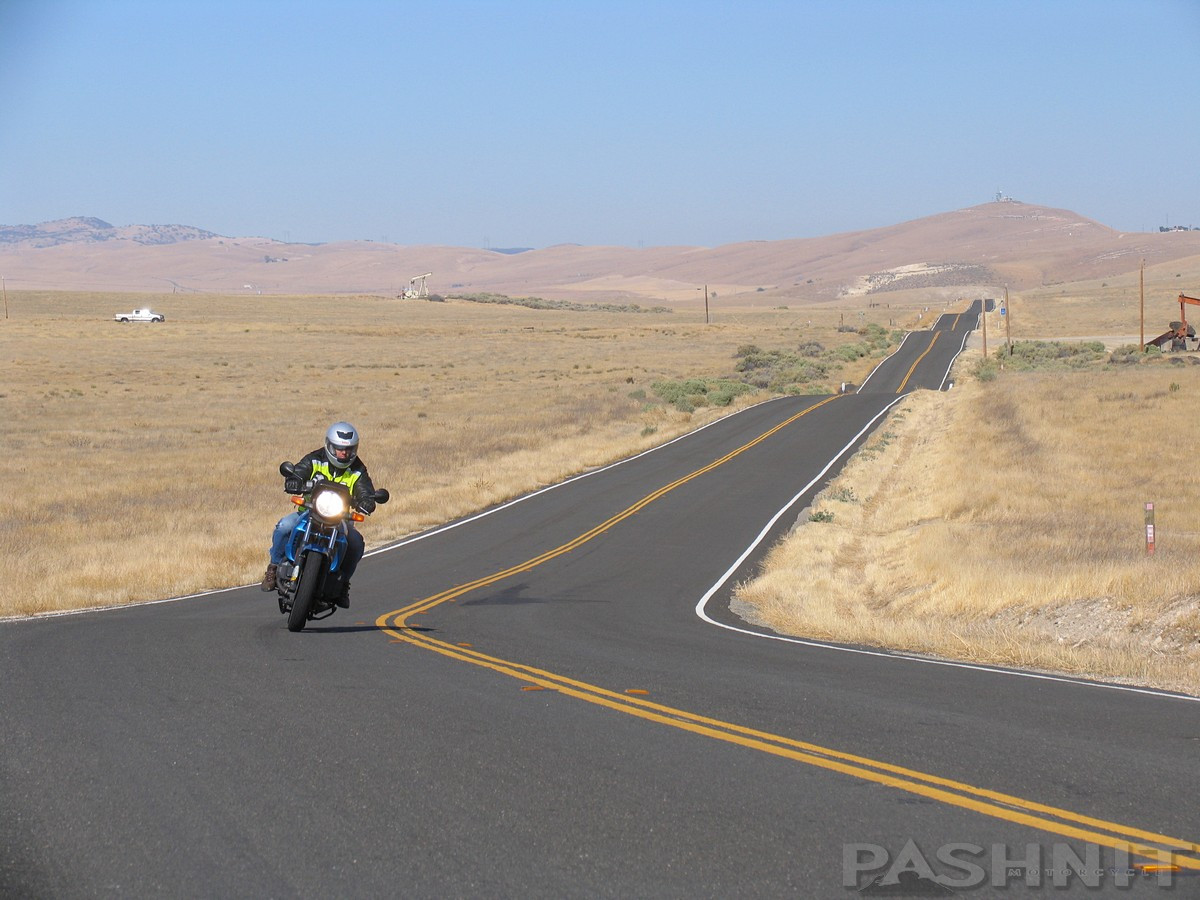Highway 25 is one of our favorite roads in the state. It parallels the ocean through a long valley with ranges on either side.
Zero commercial development and no towns means minimal other traffic.
Tourist traffic is all along the ocean, and the commercial traffic is along Interstate 5 on the other side of the range(s). That means there is nobody on this road.

Highway 25 leaves Tres Pinos with some very loonnnngggg straights

 www.pashnit.com
www.pashnit.com


Zero commercial development and no towns means minimal other traffic.
Tourist traffic is all along the ocean, and the commercial traffic is along Interstate 5 on the other side of the range(s). That means there is nobody on this road.
Highway 25 leaves Tres Pinos with some very loonnnngggg straights

Highway 25, San Benito County | California Motorcycle Roads | Pashnit
Much loved Central California Motorcycle Ride in the Central Coast
 www.pashnit.com
www.pashnit.com
Last edited:



